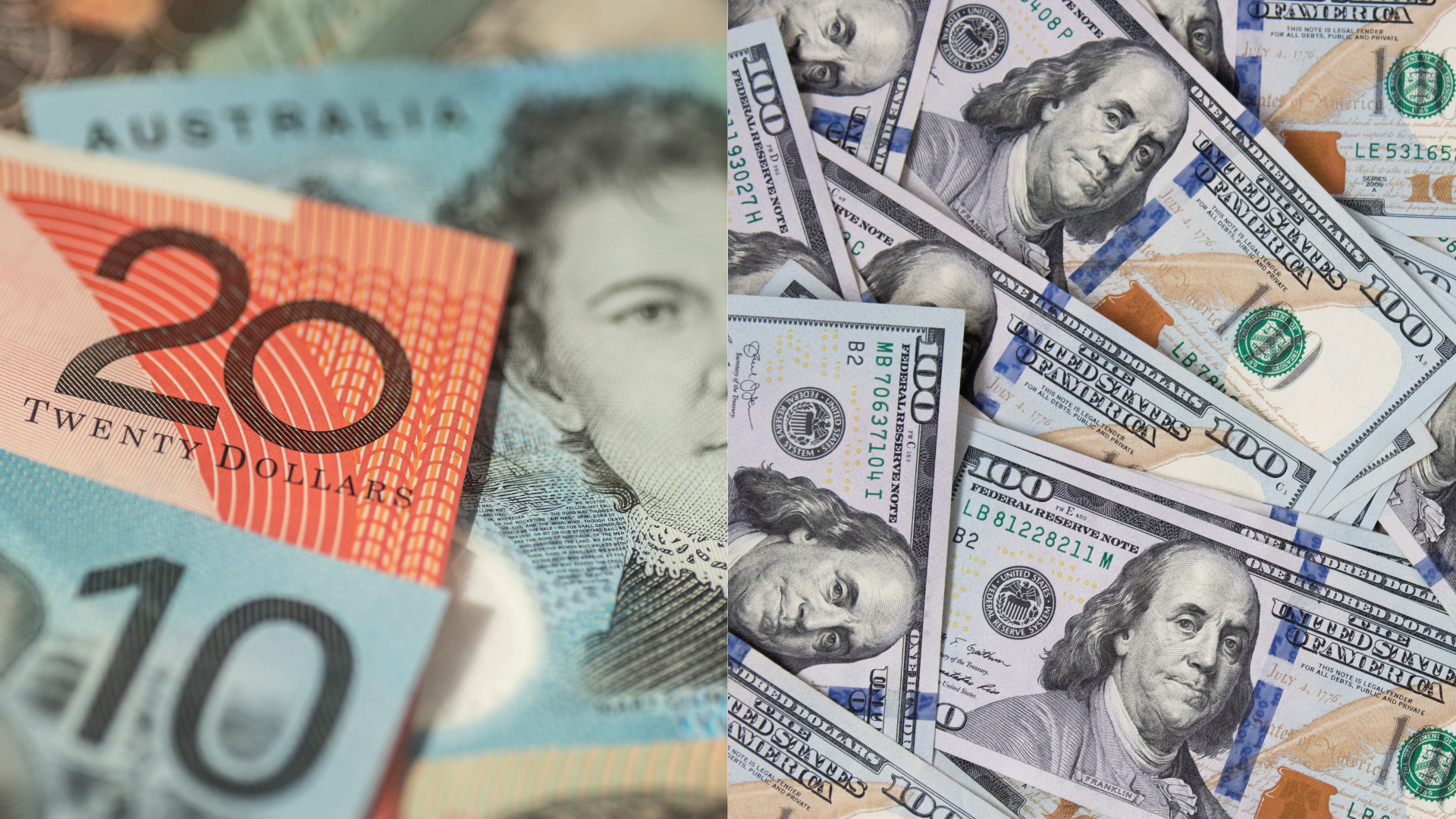
As markets get ready for the next U.S. Consumer Price Index (CPI) report, the AUD/USD pair is still under a lot of pressure and is trading carefully around the 0.6700 mark. Investors are being cautious, and the pair isn’t moving much before the Federal Reserve releases important inflation figures that could affect its next policy move.
The Australian dollar has been weak lately for a number of reasons, such as the stronger U.S. dollar caused by rising Treasury yields and the belief that the Federal Reserve will keep its “hawkish” stance on interest rates as long as U.S. inflation stays high. The Aussie dollar has been held back by this, while the U.S. dollar continues to gain from higher yields and desire for safe haven cash.
At the same time, Australia’s own economic picture has been hampered by weak data from within the country and uncertainty around the world. Recent signs show that Australia’s economy is growing less quickly, which has made the currency even less valuable. It looks like the Reserve Bank of Australia (RBA) might not raise interest rates any further. This is different from the Federal Reserve’s (Fed) more active approach to tightening, which makes the Aussie even more vulnerable.
Traders are now waiting for the U.S. CPI news because the AUD/USD pair has stayed steady just above 0.6700. If inflation is higher than projected, it could make people think that the Fed will raise interest rates even more, which would put more pressure on the Australian dollar. On the other hand, a lower reading of inflation might be good news, but worries about the economy as a whole would still make things harder for the pair.
The AUD/USD pair is likely to continue responding to U.S. inflation figures and the mood of the world’s markets. If inflation surprises to the upside, there are even more chances for the pair to fall. At the moment, the pair is stuck in a defensive stance, waiting for new data to come in and give them clear direction.



